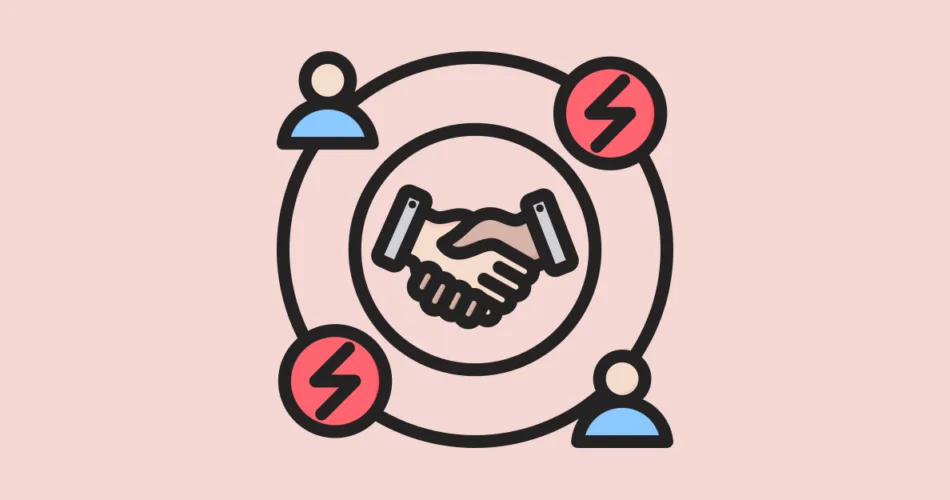Conflict resolution is a vital aspect of version control, especially when multiple team members are working on the same project simultaneously. Conflicts arise when two or more people modify the same file or code simultaneously, creating inconsistencies in the version control system. In this guide, we’ll explore how to deal with merge conflicts, resolve them using Git, and prevent conflicts through collaboration.
Dealing with Merge Conflicts
Understanding merge conflicts is the first step in resolving them. Merge conflicts can occur in various situations:
- Two or more developers make changes to the same line of code in a file.
- A developer deletes a file while another modifies it.
- Conflicting changes in branch histories are being merged.
When a conflict arises, Git can’t automatically determine which change to accept. It’s up to the developer to resolve the conflict. Here’s a basic conflict resolution workflow:
- Use
git statusto identify conflicted files. - Open the conflicted file(s) in a text editor and look for conflict markers, which typically look like:
<<<<<<< HEAD
// Your changes
=======
// Their changes
>>>>>>> branch-name
- Edit the file to resolve the conflict. Decide which changes to keep or combine both sets of changes if necessary.
- Remove the conflict markers and any unnecessary lines.
- Save the file.
After manually resolving the conflict, stage the file using git add and commit the changes. The conflict is now resolved, and the merge can continue.
Resolving Conflicts in Git
Git provides various tools to help resolve conflicts:
- Git Mergetool: You can configure a mergetool to assist with conflict resolution, providing a graphical interface for resolving conflicts.
- Diff and Merge Tools: Git offers a range of built-in tools for viewing and merging changes, such as
git diff,git difftool, andgit mergetool.
Using these tools can streamline the conflict resolution process and make it more efficient.
Preventing Conflicts through Collaboration
While conflicts are inevitable in collaborative projects, effective collaboration can help prevent them:
- Communication: Team members should communicate changes, especially when working on the same parts of the codebase.
- Branching Strategies: Adopt branching strategies like feature branches, where each developer works on a specific feature or issue in isolation.
- Regular Updates: Frequently update your local repository with changes from the remote repository to minimize the chances of conflicting changes.
- Code Reviews: Conduct code reviews to catch and address issues early in the development process.
By fostering a collaborative environment and following best practices, teams can reduce the occurrence of conflicts and ensure a smoother development process.
Subscribe to our email newsletter to get the latest posts delivered right to your email.


Comments